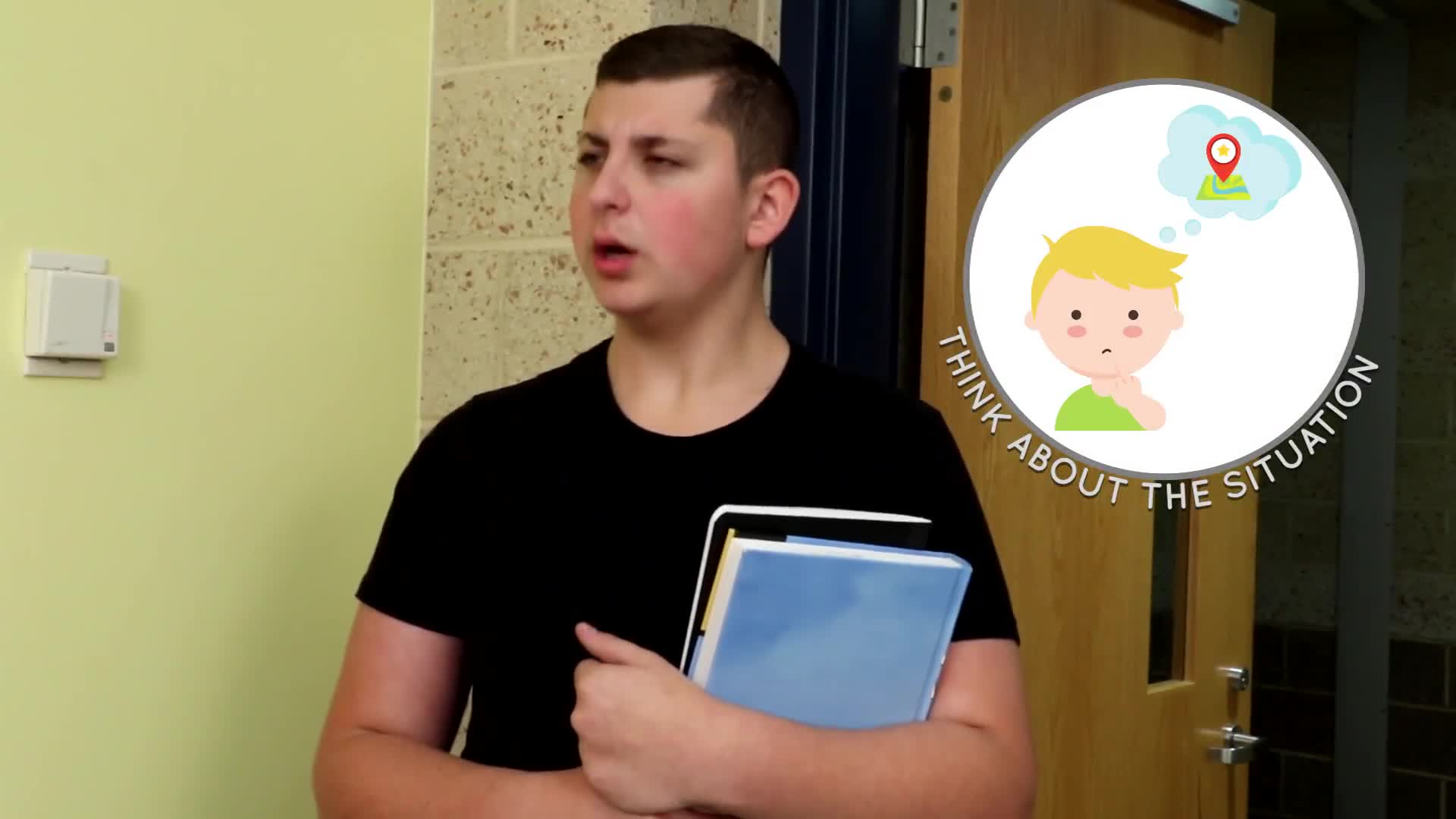
Introduction
Reading the room is an essential skill that helps students navigate various social situations by adjusting their behavior based on context. This social-emotional learning approach encourages students to be mindful of their surroundings and the actions of others, ultimately promoting positive interactions and relationships. In this blog post, we will explore a no-prep activity, discussion questions, and related skills to help educators teach elementary students the art of reading the room.
No-Prep Activity: The “What’s Happening” Game
In this simple yet effective activity, students will practice reading the room by observing and analyzing different scenarios. Here’s how it works:
- Divide students into small groups or pairs.
- The educator will describe a situation to the students, providing context and details about the environment and people involved.
- Students will take turns discussing the situation, pointing out the actions of the characters, and suggesting appropriate behavior based on the context.
- After each scenario, the educator will facilitate a brief discussion to reinforce the importance of reading the room and adapting behavior accordingly.
This activity encourages students to think critically about social situations, build empathy, and develop problem-solving skills.
Discussion Questions
Use these questions to stimulate further discussion and reflection among students:
- Why is it important to read the room before making a decision?
- How can reading the room help us build better relationships with others?
- Can you think of a time when you read the room and changed your behavior as a result? How did it affect the situation?
- What are some challenges you might face while trying to read the room? How can you overcome them?
- How can we practice reading the room in our everyday lives?
Related Skills
Reading the room is just one aspect of social-emotional learning. Here are some other related skills that educators can teach to help students navigate social situations and build strong relationships:
- Active listening: Encourage students to listen attentively to others, ask clarifying questions, and demonstrate empathy.
- Nonverbal communication: Teach students to recognize and interpret body language, facial expressions, and tone of voice.
- Assertiveness: Help students learn how to express their thoughts and feelings in a respectful and confident manner.
- Conflict resolution: Equip students with tools for resolving disagreements and finding win-win solutions.
Next Steps
Teaching students how to read the room is a crucial component of social-emotional learning. By incorporating engaging activities, thoughtful discussion questions, and related skills into your lesson plans, you can help students develop the ability to adapt their behavior and make positive choices in social situations.
Ready to take the next step in your social-emotional learning journey? Sign up for free samples of our skill-based materials and discover more resources designed to support your students’ growth and development.

